Is the Era of Silicon Coming to an End?: As the semiconductor industry pushes the boundaries of innovation, one question continues to surface: Is the era of silicon coming to an end? For decades, silicon has been the foundational material for chips powering everything from smartphones to satellites. But as technology evolves, so do the challenges. From physical limitations to the insatiable demand for faster and more energy-efficient chips, the industry is at a turning point that is hard to ignore.
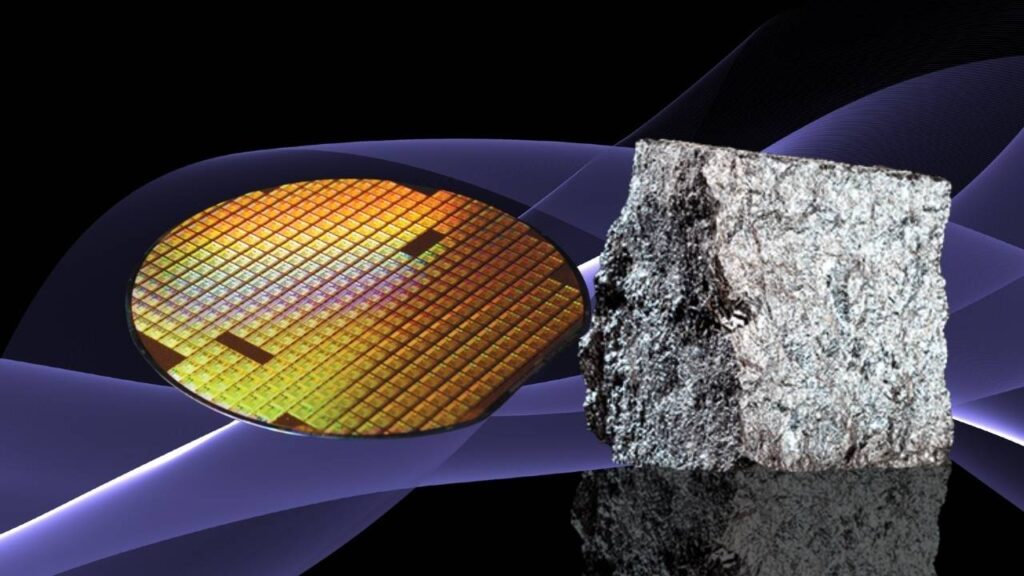
While silicon isn’t vanishing overnight, we are clearly entering a transition phase unlike any before. Engineers, researchers, and tech companies across the globe are actively exploring new materials, alternative processes, and disruptive architectures that could take computing into an entirely new dimension. In this article, we explore not only the technologies poised to replace silicon but also the economic, political, and global implications of this transformation. Whether you’re a curious reader, a professional engineer, or a tech investor, understanding what’s next in semiconductor tech is crucial.
Table of Contents
Is the Era of Silicon Coming to an End?
| Feature | Details |
|---|---|
| Silicon’s Limitations | Reaching physical and economic scaling limits at nanoscale |
| Emerging Materials | Gallium Nitride (GaN), Graphene, Indium Selenides, Photonic Glass Chips |
| Advanced Architectures | Reconfigurable AI chips, Backside Power Delivery, UltraRAM |
| Key Global Players | U.S. CHIPS Act, China’s photonic/neuromorphic tech, Japan’s Rapidus initiative |
| Official Reference | Semiconductor Industry Association |
While silicon won’t disappear entirely, its monopoly on the semiconductor world is clearly eroding. The next era will be defined by a diverse ecosystem of materials and architectures, each optimized for different needs—from ultrafast AI chips to ultra-efficient energy converters. This shift will not only drive performance but also determine global economic and political power in the digital age.
If you’re a student, engineer, policymaker, or investor, now is the time to learn about these emerging technologies and how they might shape our digital future. The transformation is underway—and it’s nothing short of revolutionary.
Why Silicon Dominated for So Long
Silicon has been the king of semiconductors since the 1960s for good reason. It’s abundant, cost-effective, and boasts excellent semiconducting properties. These qualities helped launch the digital age, enabling the rise of microprocessors, memory chips, and the consumer electronics revolution. Silicon also integrates well into the traditional CMOS manufacturing process, making it the default choice for decades.
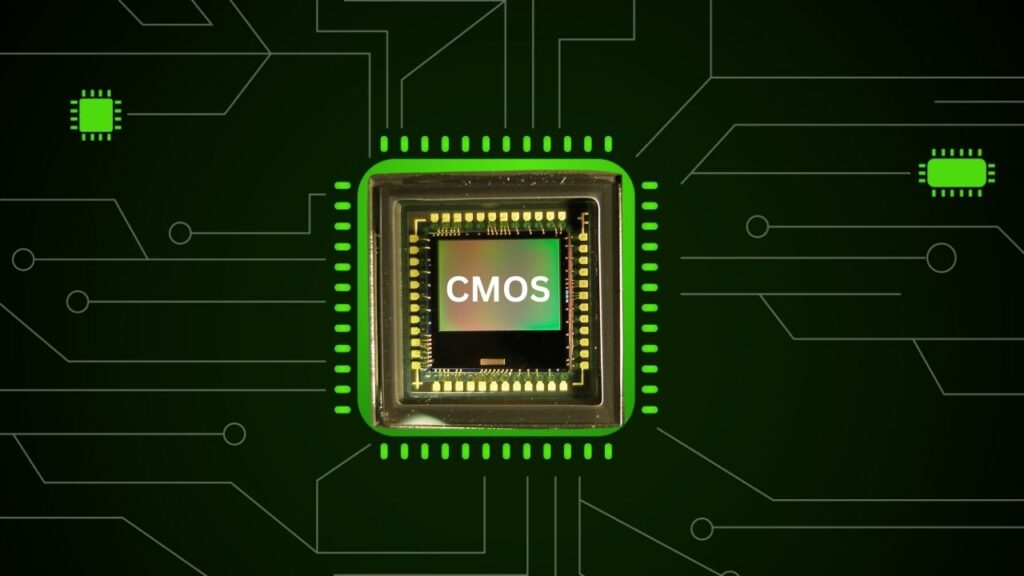
However, as chipmakers shrink transistors below 5 nanometers, they encounter quantum tunneling, increased heat dissipation, and signal integrity issues that are harder and more expensive to manage. In fact, the cost of manufacturing state-of-the-art chips has risen dramatically, with each new node demanding more advanced lithography tools, such as extreme ultraviolet (EUV) systems. These tools are costly, complex, and geographically limited.
As a result, the industry is witnessing diminishing returns on Moore’s Law, forcing both academia and industry to explore beyond silicon.
What’s Next in Semiconductor Technology?
Let’s break down the most promising technologies that could shape the next era of computing:
Gallium Nitride (GaN)
Gallium Nitride (GaN) is already making waves in power electronics, electric vehicles, and 5G base stations. GaN transistors offer higher efficiency, thermal stability, and bandwidth performance compared to silicon-based MOSFETs.
- GaN is particularly beneficial in automotive inverters, data centers, and high-frequency RF systems.
- Leading companies like Infineon, Navitas, and GaN Systems are accelerating GaN deployment through strategic investments and mass production.
- Its adoption in consumer electronics, such as fast chargers, is growing rapidly due to its ability to shrink size while increasing power output.
Graphene
Graphene, a single-atom-thick sheet of carbon, has attracted global interest due to its unparalleled electrical conductivity, mechanical flexibility, and thermal performance.
- Graphene transistors can potentially reach operating speeds 100x faster than current silicon transistors.
- Applications include flexible electronics, wearable tech, high-frequency communication systems, and biomedical sensors.
- However, the challenges of producing high-quality graphene at scale, and integrating it with existing chip designs, have slowed down its commercialization.
Indium Selenides (InSe and In₂Se₃)
Indium-based materials like Indium Selenide (InSe) and Indium Diselenide (In₂Se₃) are considered next-generation semiconductors due to their high electron mobility and tunable bandgaps.
- These materials are promising for monolithic 3D integration, where multiple layers of logic and memory are stacked vertically.
- Early research shows they can significantly reduce interconnect delay and power leakage, which are major issues in densely packed chips.
- Though not yet commercialized, major universities and labs are pushing forward with prototypes and pilot programs.
Photonic Chips
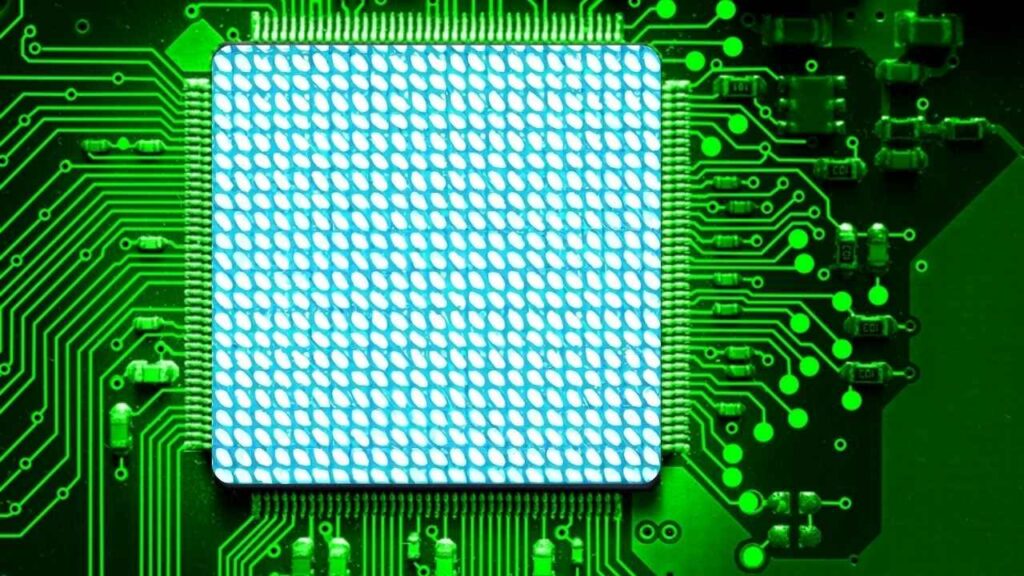
Photonic chips, which use light instead of electricity to process and transmit data, offer huge performance and efficiency gains.
- They reduce energy consumption by as much as 90% in high-performance computing tasks.
- Companies like Ephos, Lightmatter, and Ayar Labs are leading the way in building silicon-photonic hybrids and even pure glass photonic circuits.
- The potential for these chips in quantum computing, AI inference, and data center acceleration is significant, with some test deployments already in progress.
Rethinking Chip Architecture
In addition to new materials, innovative architectures are key to the next generation of computing.
Reconfigurable AI Chips
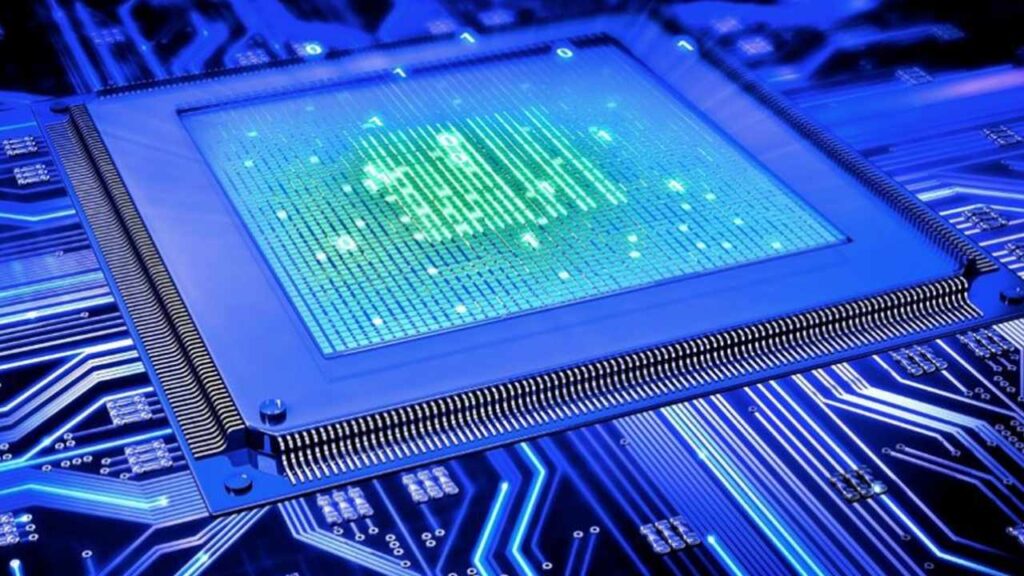
Reconfigurable chips are designed to adapt in real-time to different workloads, especially in AI and edge computing environments.
- Firms like imec and Cerebras Systems are pioneering this space with chips that consist of modular supercells and interconnected processing blocks.
- These chips can be dynamically reprogrammed, reducing redundancy and improving computational efficiency.
- Ideal for autonomous systems, robotics, and natural language processing.
Backside Power Delivery

This technique moves power delivery circuits to the back side of the wafer, freeing up space on the front for logic and signal routing.
- Intel’s PowerVia technology aims to enhance performance by reducing IR drop and enabling denser transistor packing.
- Backside power also helps improve thermal management, which is crucial for AI and graphics-intensive applications.
UltraRAM
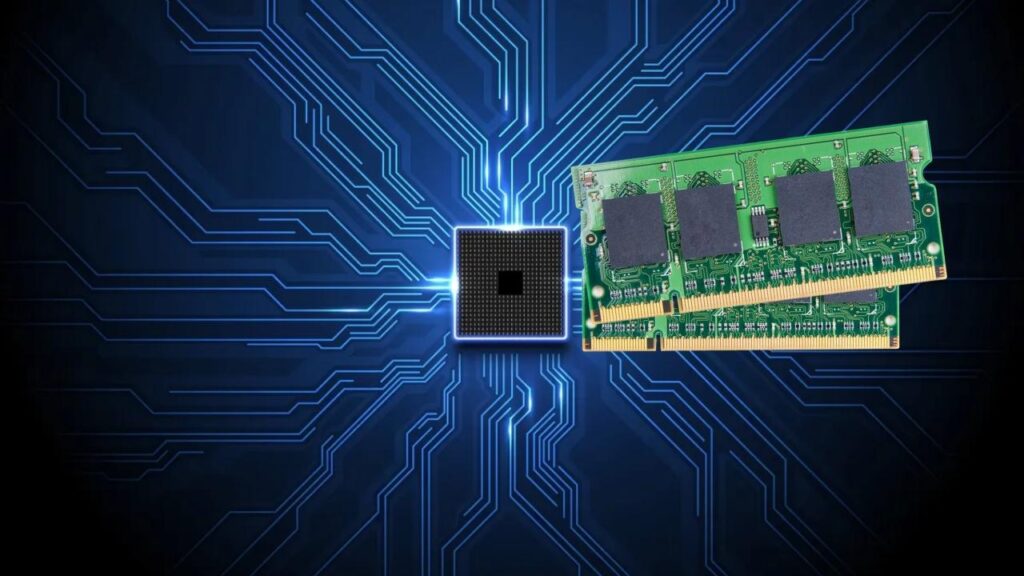
UltraRAM is a promising memory technology that combines the speed of DRAM with the data-retention capabilities of flash storage.
- It could eliminate the need for separate volatile and non-volatile memory, simplifying chip design.
- Currently in the prototype stage, it has shown endurance and speed characteristics that surpass existing memory tech.
- Long-term, UltraRAM could be a game-changer for consumer electronics, enterprise computing, and mobile devices.
Global Semiconductor Strategies
With chips being at the heart of global innovation and security, governments are heavily investing to secure their share in the post-silicon era.
- United States: The CHIPS Act allocates $52 billion to boost domestic semiconductor production and R&D, aiming to reduce reliance on foreign supply chains.
- China: Facing export restrictions, China is prioritizing homegrown technologies, including photonic, neuromorphic, and RISC-V architectures.
- Japan: Backed by the government, Rapidus Corporation is building advanced fabs to manufacture 2nm nodes by 2027 in collaboration with global partners like IBM.
- Europe: The EU’s Chips Act aims to double its semiconductor market share to 20% by 2030, focusing on sustainable and secure supply chains.
Smart Materials: How Responsive Technologies Could Redefine Daily Life
Sustainable Tech: 5 Innovations That Could Make IT Environmentally Friendly
Nanotechnology Unveiled: Tiny Innovations That Could Solve Huge Problems
FAQs About Is the Era of Silicon Coming to an End?
Is silicon really going away?
No, silicon will remain the standard in many devices. However, new materials are expected to dominate specific use-cases like AI processing, power conversion, and quantum computing.
What industries will benefit the most from new chip technologies?
AI, automotive, healthcare, aerospace, cloud computing, and telecommunications are likely to benefit first, thanks to their high-performance demands and willingness to adopt cutting-edge tech.
Will these new materials raise chip prices?
Initially, yes. Like most emerging technologies, the early versions of these chips are expensive. But as manufacturing scales and processes mature, prices are expected to drop.
How soon will we see these changes?
Some, like GaN and photonic hybrids, are already in use. Others, such as UltraRAM and graphene processors, may take 5–10 years to become widespread.



















